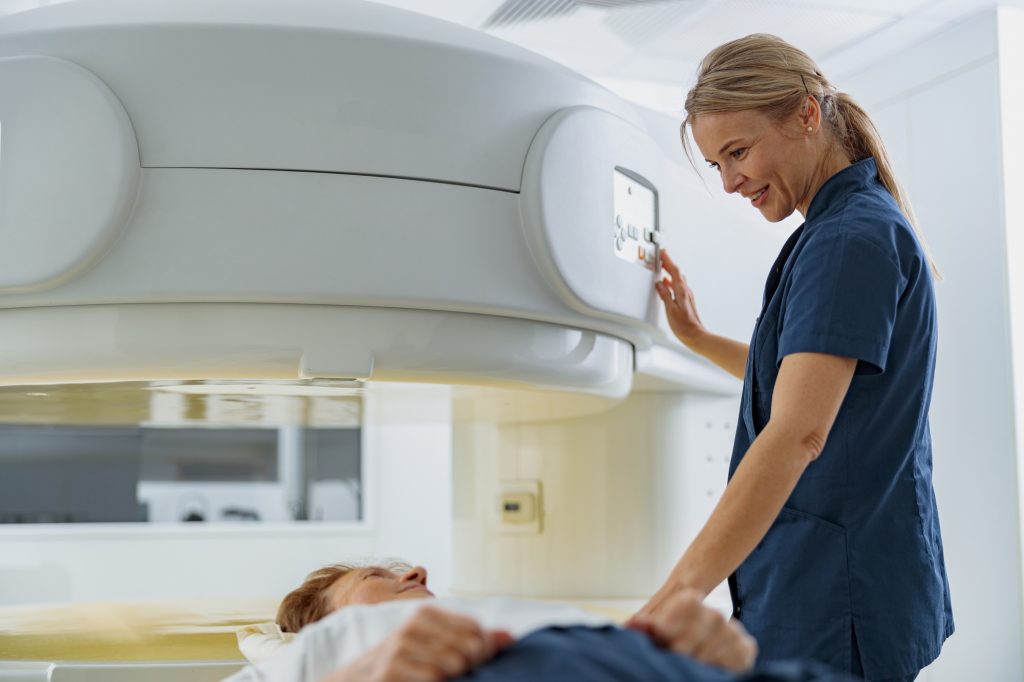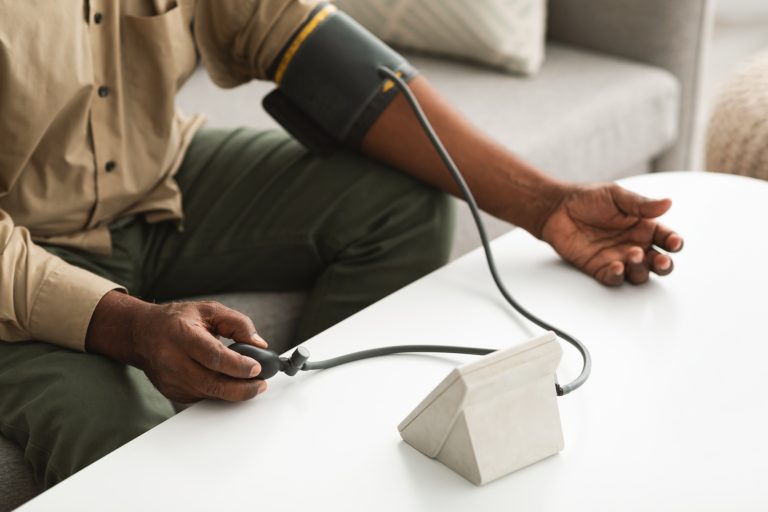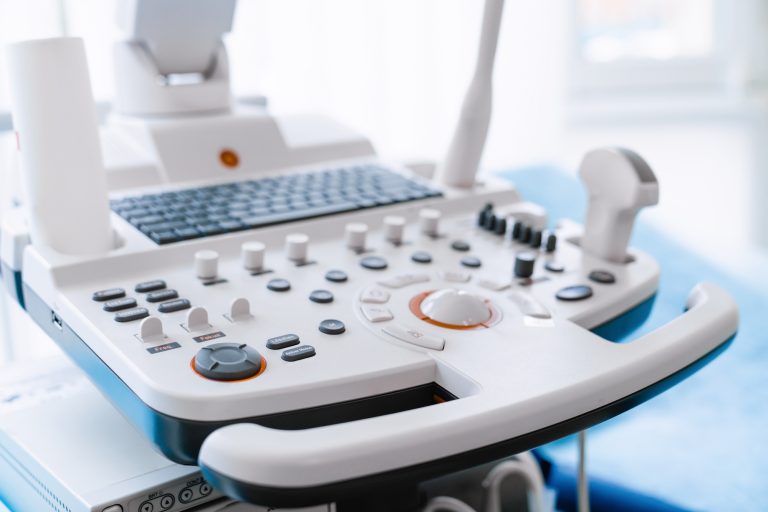Magnetic Resonance Imaging (MRI) and Computed Tomography (CT) scans are two of the most commonly used diagnostic imaging techniques. Both provide detailed images of internal organs and structures, but they operate differently and are used for distinct medical conditions. While MRI relies on magnetic fields and radio waves to create images, CT scans use X-rays, making them better suited for certain conditions, such as detecting fractures and internal bleeding.
One major difference is the type of tissue each scan excels at imaging. MRIs are superior for soft tissues, making them the preferred choice for brain scans, spinal cord evaluations, and joint assessments. In contrast, CT scans are often used for detecting lung diseases, abdominal injuries, and bone fractures. The choice between MRI and CT depends largely on what the doctor is looking for.
Radiation exposure is another key consideration. CT scans use ionizing radiation, which, in high doses, can carry a small risk over time. MRIs, on the other hand, do not expose patients to radiation, making them a safer option for repeated imaging, particularly for younger patients and pregnant women. However, MRIs are generally more time-consuming and expensive compared to CT scans.
Patient comfort also plays a role in determining which scan is suitable. MRI machines require patients to remain still for longer periods in a confined space, which can be challenging for those with claustrophobia. CT scans are quicker, often taking only a few minutes. Depending on urgency, availability, and medical necessity, doctors will recommend the most appropriate imaging modality.
Ultimately, both MRI and CT scans are valuable tools in modern medicine. By understanding their differences, patients can better appreciate why a specific scan is recommended for their diagnosis and treatment.






